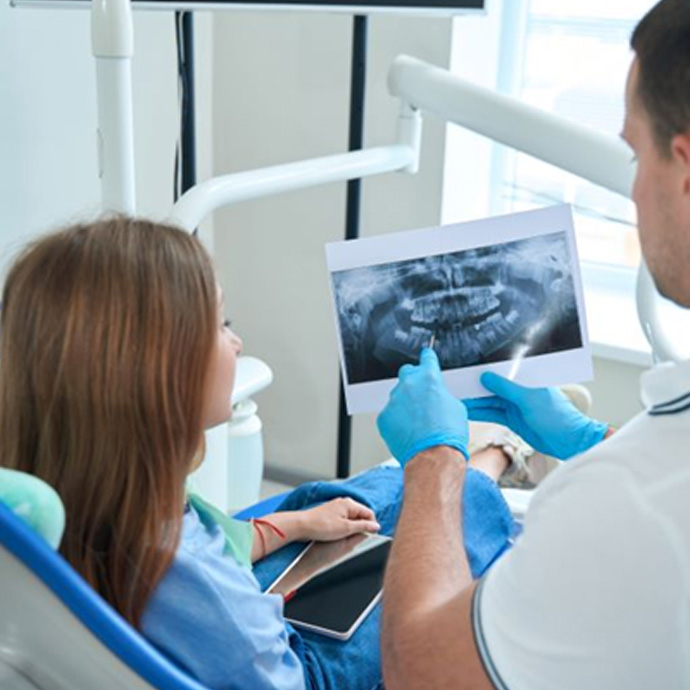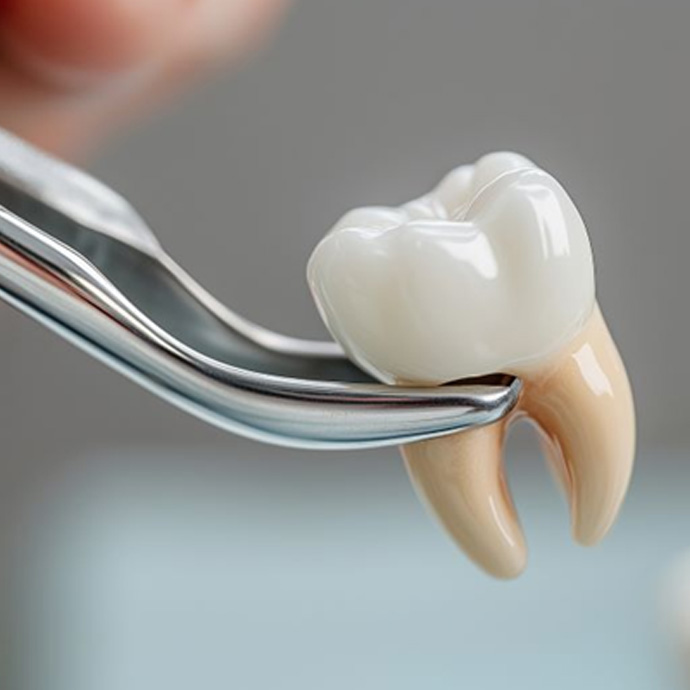Tooth Extractions Longmont
Careful Tooth Removal to Support Your Oral Health
Here at Coats Dental Group of Longmont, our team would like to see each and every patient keep their natural teeth for a lifetime. Unfortunately, that is not always possible. There are some circumstances that necessitate the removal of one or more teeth. If you need a tooth extraction, you can be confident that we will handle your procedure with as much gentleness and precision as possible. The goal is to make way for improved oral health in the future!
Why Choose Coats Dental Group of Longmont for Tooth Extractions?
- Sedation Available for Nervous Patients
- Experienced & Caring Dental Team
- Support Your Long-Term Oral Health
Reasons Why Tooth Extractions Are Necessary

Here are some of the most common reasons why we recommend the removal of one or more teeth:
- Severe tooth decay: When a tooth is extensively damaged by decay and cannot be restored by fillings or crowns, extraction may be necessary to prevent further complications.
- Advanced gum disease: Periodontal disease can weaken the tissues and bones supporting a tooth, making extraction the best option to preserve overall oral health.
- Overcrowding: Removing teeth might be required to make space for orthodontic treatment.
- Fractured teeth: If a tooth is cracked or broken below the gumline, it may be impossible to preserve.
- Infection: Teeth affected by severe infections may need to be removed to prevent the spread of bacteria.
- Preparation for prosthetics: Sometimes, extractions are needed to make way for dentures or implants.
The Process of Removing a Tooth

The tooth removal process is pretty straightforward in most cases. After numbing your mouth, our team will use an instrument called an elevator to lift the tooth out of its socket. Then, we grip it with forceps and rock it back and forth in order to break the connective tissues holding it in place. Once it is out, we clean the socket and place some gauze to control bleeding.
In some cases, the extraction process is more complicated. For example, a tooth might be fully or partially stuck beneath the gumline. In such circumstances, we may refer you to a local specialist for surgical tooth removal.
Tooth Extraction Aftercare

Here are some things you can do to support your body’s recovery process after a tooth extraction:
- Stick to eating soft foods for a while.
- Do not smoke or use a straw, as the suction can dislodge the clot at the extraction site.
- Apply an ice pack to the outside of your cheek near the extraction site to reduce swelling and discomfort.
- Keep your head elevated while resting.
- Gently rinse your mouth with warm salt water after 24 hours to clean the area and promote healing.
- Take prescribed pain medications or over-the-counter pain relievers as directed to manage discomfort.
- Refrain from vigorous physical activity for the first couple of days post-extraction.
- Stick to a good oral hygiene routine, but be very cautious around the extraction site.
You should also be sure to attend all recommended follow-up appointments with our team. You will likely need to get your tooth replaced in order to avoid future complications, such as dental drift and additional tooth loss.
